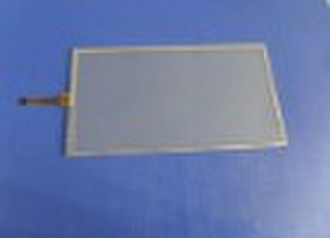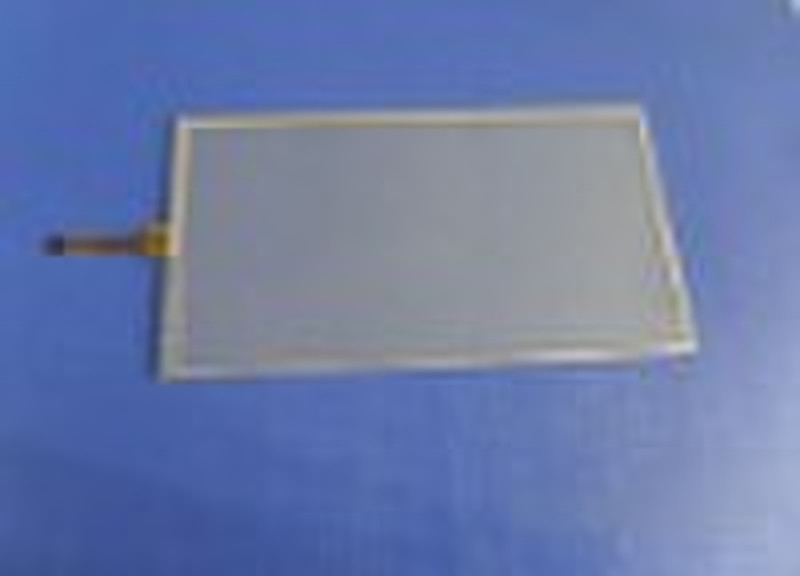7'' 触摸屏上车的GPS

Tina Yu
联系人姓名
基本信息
| 出生地 | Guangdong China (Mainland) |
|---|---|
| 牌子的名字 | DC Touch |
| 模式的数量 | G797 |
Descriptions: 1.Our products' insulation point is Φ0.03mm,this technology is advanced. 2.Various choices of surface treatments available,anti-Newton,anti-glare,special chemical stenghen hard coating,anti-reflection. 3.Capable of handing spacer dots diameter is less than 0.035mm. 4.We have our own factories,so our price is competitive. 5.The excellent sales service. Specifications: Surface Hardness 3H Optical Clarity 80%↑ Operating Temperature -10C 60C Endurance Test strikes Over1million Operating Voltage DC5V Resistance 200Ω 900Ω Linearity 1.5% Faceplate Surface Anti-glare coating,glare coating Film Thickness 0.175mm, 0.188mm Glass Thickness 0.7mm, 1.1mm,1.8mm Operation Pressure 20 150g Storage Temperature -30°C 80 °C Message Noise 5m sec 15m sec Operating Current 5mA 25mA Humidity <95% Isolation Resistance 20MΩ↑ DC25V Sealable against dust ,water, oil , static A touch screen is a device placed over or above a display which provides a signal when the screen is mechanically touched. A touch screen allows the user of a terminal to enter a menu selection or data by placing a finger or other object at a location on the display screen that corresponds to the menu item, function or data numeral to be entered. Touch screens are becoming more prevalent as data input interfaces as computers and other electronic devices become more ubiquitous. For example, touch screens may now be found in workshops, warehouses, manufacturing facilities, restaurants, and on personal digital assistants, automatic teller machines, cash register-inventory control devices, CRTs and flat panel displays, POS (point of sale), kiosks, gaming systems, industrial control, telephone, control devices and general purpose computers. Touch screens are frequently used in combination with conventional soft displays such as cathode ray tubes (CRTs), liquid crystal displays (LCDs), plasma displays and electroluminescent displays. The touch screens are manufactured as separate devices and mechanically mated to the viewing surfaces of the displays. There are a variety of detection methods used in touch screen devices, including capacitive, surface acoustic wave, infrared, and resistive (with either 4 wires, 5 wires, or 8 wires). The two most popular touch technologies are analog capacitive and resistive touch screens. Resistive wire touch screens are built upon a substrate that is coated with a resistive film, typically indium tin oxide (ITO) at a specified thickness, uniformity and resistivity. The resistive touch screen works by applying a voltage across a resistor network and measuring the change in resistance at a given point on the network where a screen is touched by an external source.In general, resistive touch technologies relys on overlays.Touch screens can be activated by many different types of contacts, including by finger, pen, and stylus.
交货条款及包装
Packaging Detail: 1.pearl cotton, corrugated paper,stick,and with package bag outside2.Each small bag put 9 layers,among this 9 layers,2 for the background,1 for the topground,and the other 7 is used to set up the products,each layer is suggested to put 2-5pcs(just determined by the fact dimention).3.Each box contain 3 packages.P.S.We can make your logo on our products and pack. Delivery Detail: For samples,in 10 workdays,For the bulk,in 14 workdays
端口: Huangpu/Guangzhou
付款条款
Telegraphic transfer
Western Union
-
支付方式
我们接受:









